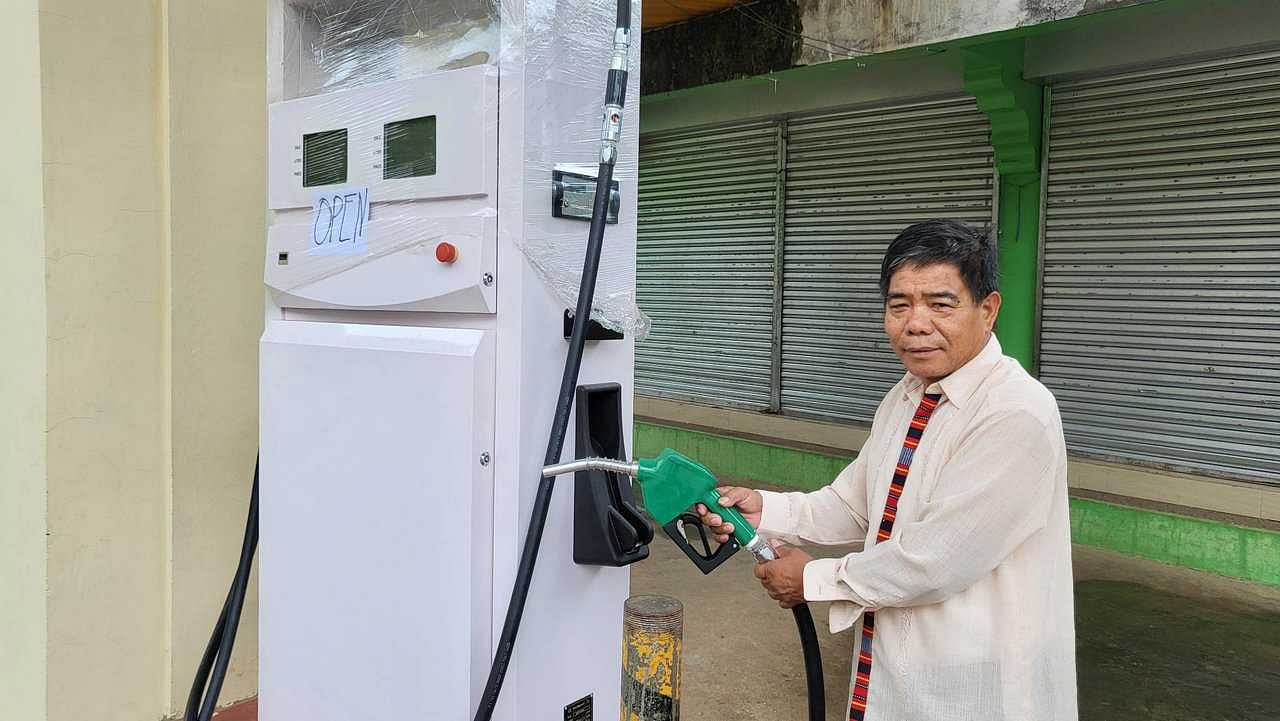The school system is a vital part of our basic learning and is recognized as a powerful vehicle for change. The school population, comprising of the students or pupils, teaching and non-teaching personnel, constitute a sizeable percentage who will work for a change and of course not to forget the indispensable role of the stakeholders – the PTA, Alumni, Local Government Units and the NGO and the like.
The National Search for Sustainable and Eco-Friendly Schools was launched since 2009 and it became an annual and a partnership program among the Department of Environment and Natural Resources, thru the Environmental Management Bureau, The Department of Education, Commission on Higher Education, with Smart Communications Inc.
Sustainable and Eco-Friendly Schools may be described as environment-friendly schools that have initiated and integrated in their instruction, research, extension and/or administration, programs which are environment-related. And Burnay Elementary School had been doing these over the past four years since 2013 when the search was in place for our division.
But our school is more than an eye-pleasing venue for beyond making the school an aesthetically vibrant and environmentally friendly place, the ultimate goal for this periodic behavior, is to install in the pupils, our teaching staff and the visiting public a sense of wonder as well as one of responsibility for our natural environment. Through this work, we raised, especially into our pupils, an awareness of a reality they’re not used to seeing.
What have we been doing?
In our quest to turn Burnay Elementary School as a sustainable and eco-friendly school, our first and foremost initiative was to set our goals when we planned with our stakeholders before we implemented.
The following were the activities we adopted:
- Developing environmental policies for the school; (posters are found inside and outside our classrooms);
- Policies and practices which foster equity, diversity and quality of life for pupils, staff and the broader community within which the school is based;
- Physical cleanliness, orderliness and beautification of the school by turning the dumpsite into an ecological park, we developed our school surroundings by planting fruit, trees, vegetables and ornamentals. We also considered the indoor environmental quality of our schools our most important green feature by putting indoor plants inside, posting environmental friendly reminders and most of all maintain utmost cleanliness and orderliness for we want to create the optimum environment for learning, one that ensures that our pupils can concentrate and be free from distractions.
- Water conservation and efficiency/water management (maintenance of potable water) including prevention and/or treatment of water pollution. (The Nestle Water Leadership Award to be awarded in order to recognize and promote solutions, practices and initiatives of schools on water);
- Electrical safety; (the Meralco Energy Leadership Award will recognize schools that promote practices and initiatives in electrical safety, energy efficiency and conservation);
- Conservation and recycling by encouraging our pupils to see garbage in a new way through our lessons and projects;
- Waste prevention, reduction, waste segregation, recycling and composting. Generated trashes were segregated;
- Air, water and soil pollution control (no burning of garbage, non-biodegradable are recycled);
- Organic vegetable gardening;
- Citrus plantation and tree nursery establishment;
- Establishment of a botanical garden, herbal garden;
- Environmental audits of school’s operations and facilities;
- Integration of environmental themes into the school curriculum;
- Conduct of in-service environmental training for teachers;
- Presence of environmental clubs/organizations;
- Development of environmental support with instructional materials;
- Linkages and exchanges on the environment with the following sectors: non-government organizations, local government units, business and industry sector, among others;
- Environmental awareness and community education, healthy lifestyle campaigns;
- Climate change mitigation and adaptation programs; and,
- Disaster risk reduction and management programs.
All of these were done and are being maintained to become more actively involved in environmental issues at a practical and local level; and to develop skills and understanding among our pupils, teachers and administrators in initiating active responses and increasing community awareness and participation on environmental concerns so that if life expectancy is a hundred years, it will be a very good century indeed.
SIGN UP TO DEPED TAMBAYAN NEWSLETTER
Join our Facebook Community and meet with fellow educators. Share and download teaching materials. Get important updates and read inspiring stories.


